Types of Honey, and Which of Them Is the Best Choice
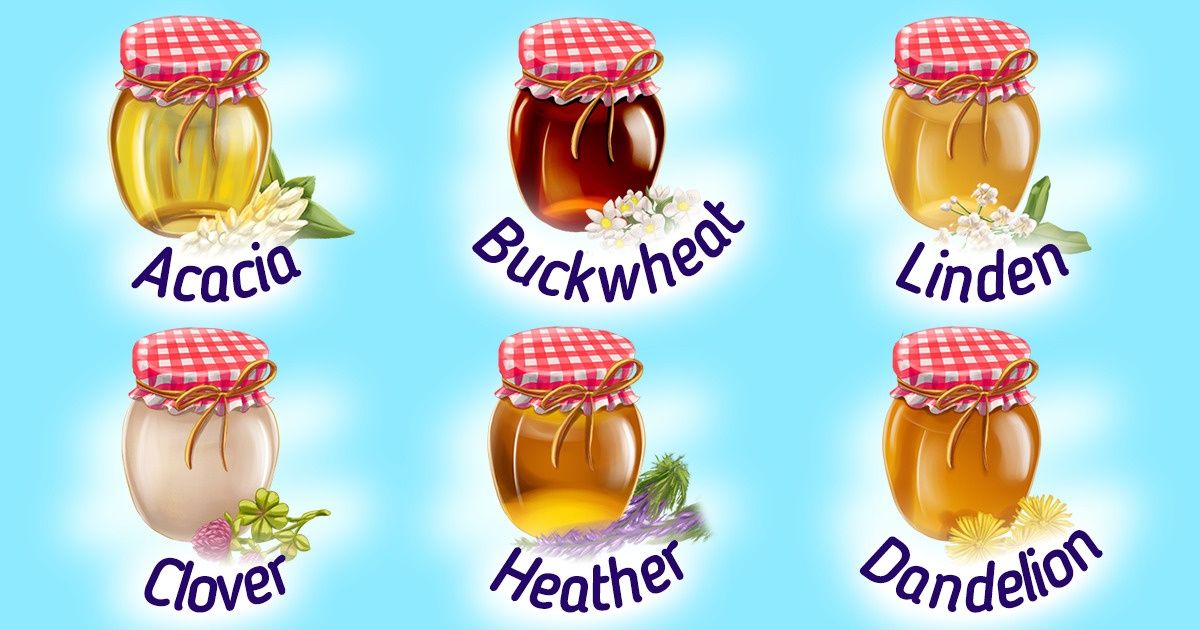
People began to use honey long time ago. Some cave paintings in Spain depict people foraging for honey at least 8,000 years ago. Later, mankind mastered the methods of how to harvest honey and came up with the idea of dividing honey into types. Honey types are primarily classified according to the flower from which the nectar was collected. When you see a jar labeled “dandelion honey” or “clover honey,” it means that the nectar came from this or that flower.
At 5-Minute Crafts, we want to tell you more about the types of honey and why it’s so good for your health.
Acacia honey
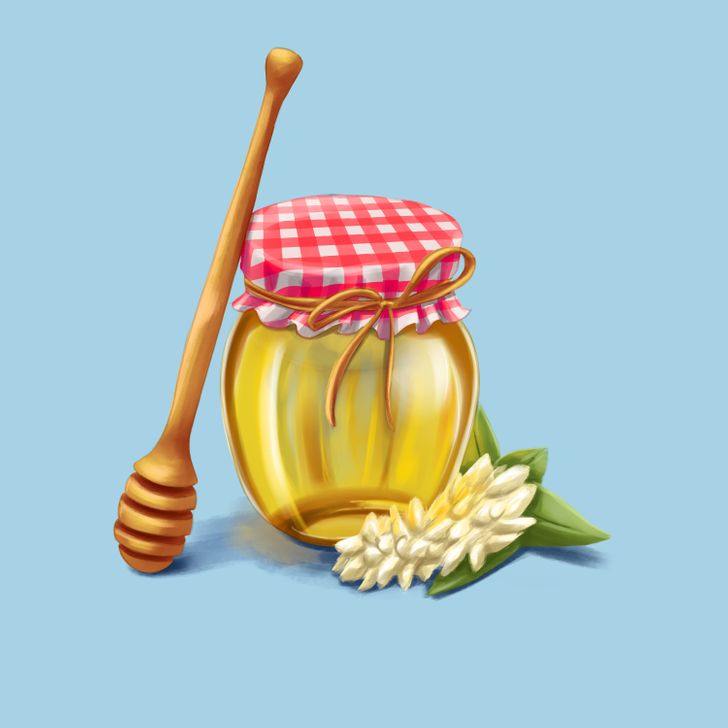
This honey has a mild and sweet taste. Despite its name, it’s harvested from the blossoms of the Robinia pseudo acacia, also known as the Black Locust.
Acacia honey is one of the purest and most transparent types of honey, and also one of the most popular types of honey in the world. The high concentration of fructose helps it maintain a liquid state for a long period of time. It also contains various healthy substances such as flavonoids and antioxidants.
- You can add this honey to tea and baked goods.
Buckwheat honey
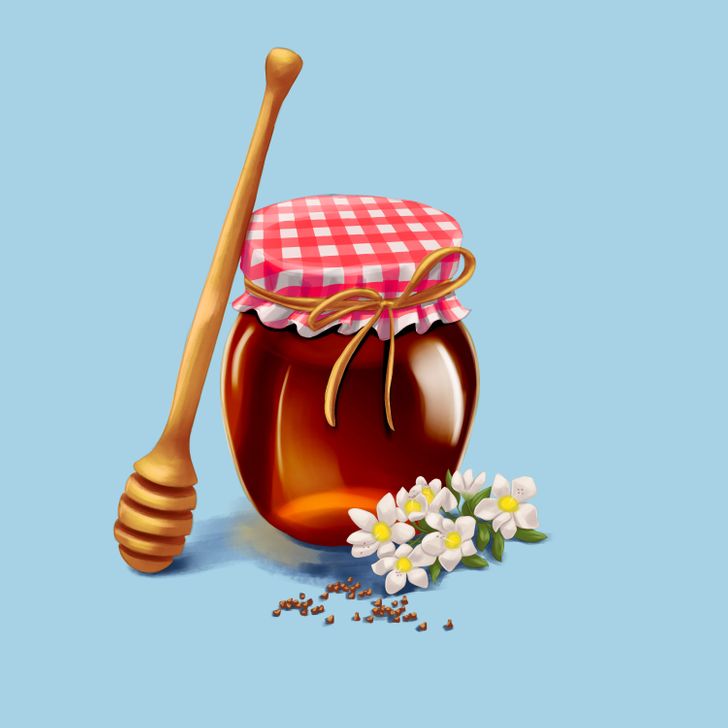
Buckwheat honey has the texture of syrup and a bright and rich taste. This honey is also very rich in antioxidants and renowned for its antibacterial properties, it’s an excellent source of iron and other essential nutrients.
- You can add it to baked goods and marinades.
Linden honey
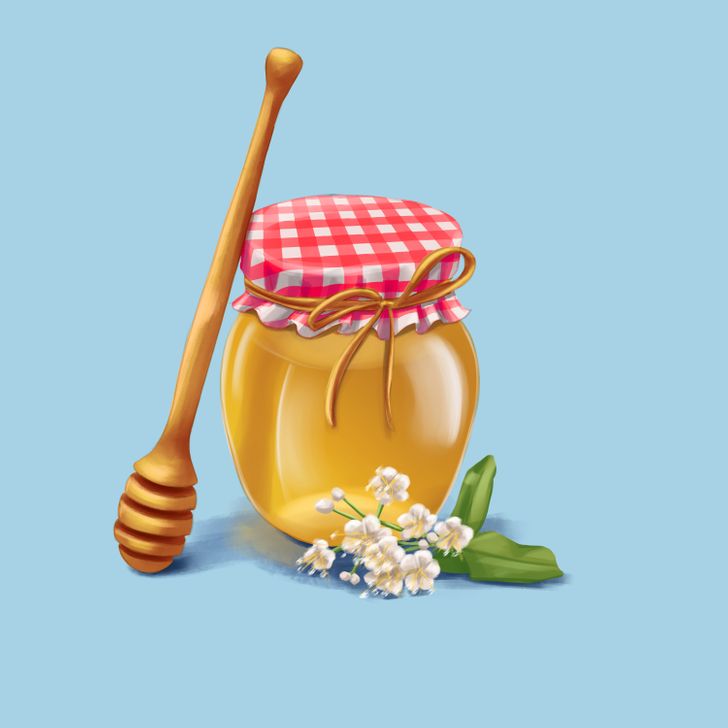
Light yellow in color, linden honey has a delicate and fresh woody scent. Its sedative properties can help you cope with anxiety and insomnia. It’s rich in vitamins B and C, biotin and niacin. Despite its sweetness and high glucose content, linden honey contains about the same amount of carbohydrates and calories as other types of honey.
- You can add it to baked goods, to a cup of tea or milk before bed, or use it as a breakfast dressing.
Clover honey
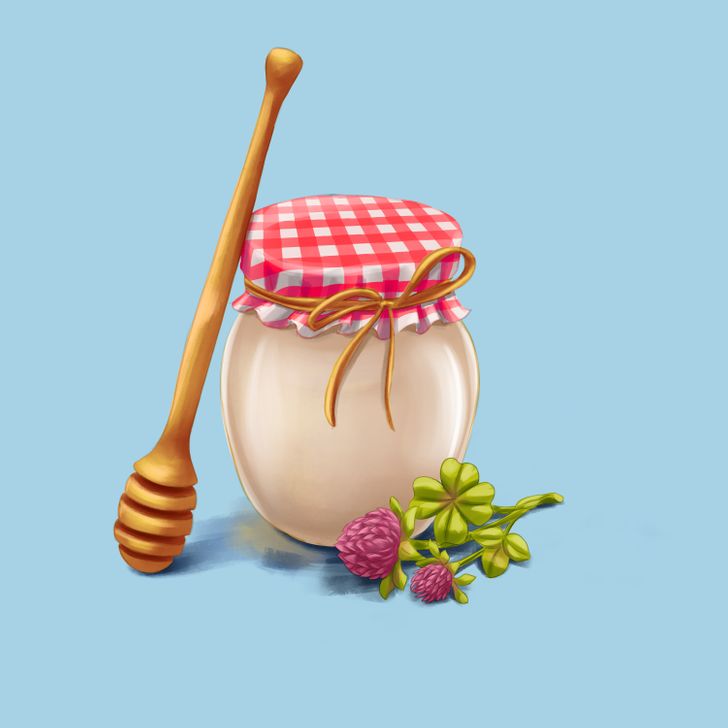
This classic honey with a rich floral scent and sweet taste is one of the most affordable and popular honey types in the world.
It’s harvested in many parts of the world, so the properties of clover honey vary somewhat depending on its source. For the same reason, some clover honey can be amber in color, while it can also be water white.
- You can add it to baked goods, marinades, salad dressings, or use as an additive to cereals.
Manuka honey
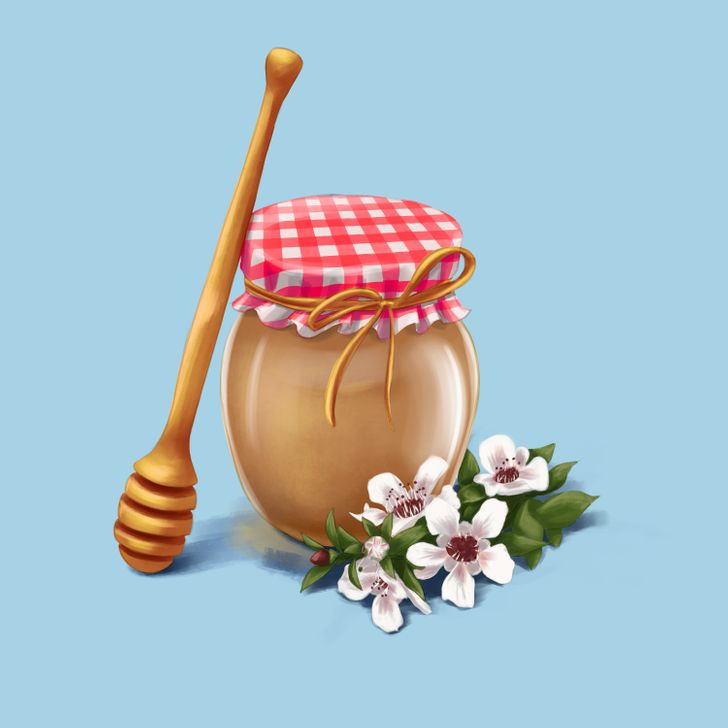
Manuka honey has an unusual earthy and slightly sweet taste with hints of eucalyptus and herbs, as well as a slightly bitter aftertaste. Manuka grows in very remote areas, and the flowers of this plant, which are extremely sensitive to weather conditions, bloom only 12 to 14 days a year. Thus, the amount of this honey collected and produced by bees is very small, and companies sometimes have to use helicopters to collect the honey.
- You can use it for a wide variety of dishes.
Wildflower honey
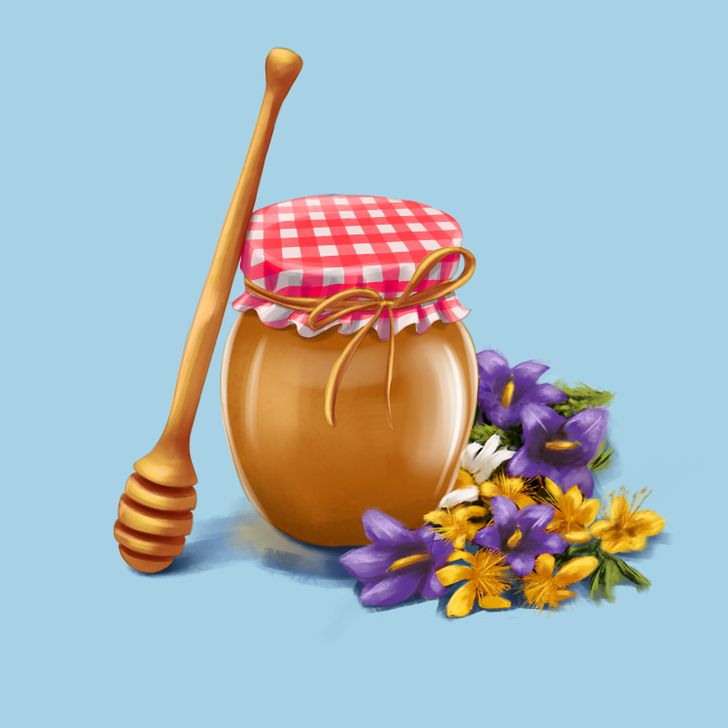
Heather honey
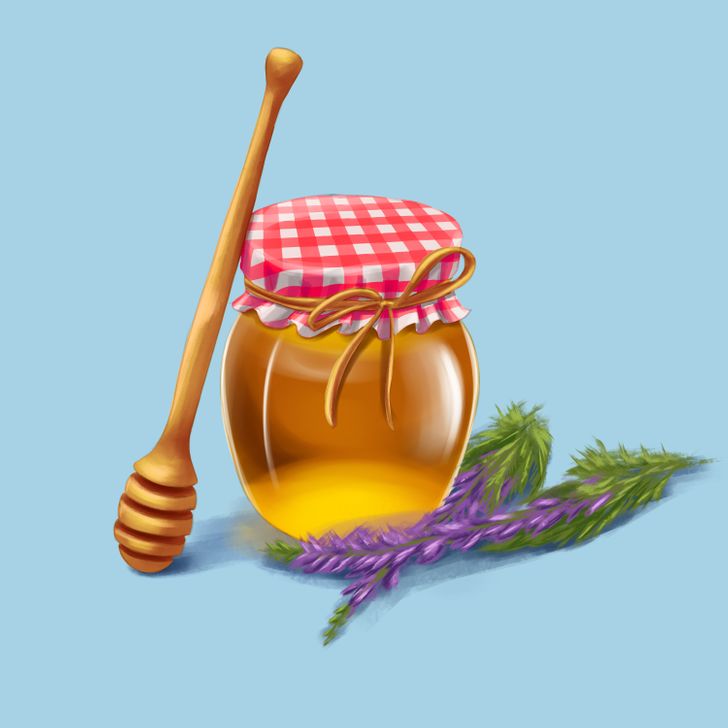
Heather honey is amber in color and has one of the strongest and most pungent flavors, combining fruity and woody scents. It’s known to be an excellent source of protein and phenolic acids.
The strangest feature of real heather honey is that if you tilt the jar, the honey will not flow, but will stay in place. Manuka honey may have similar properties, but to a lesser extent.
- You can add it to marinades, Scottish dishes, or use as a filling for ice cream or waffles.
Dandelion honey
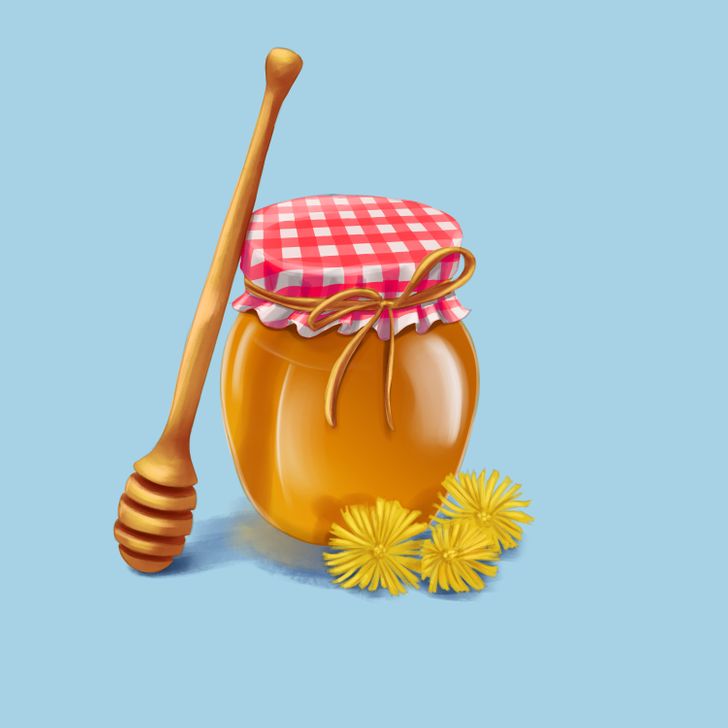
This honey has the distinctive smell of dandelions. And this flower is considered to be a medicinal herb in China, Tibet, and India due to its healing properties. The taste of this honey is strong and pungent, with a slight scent of spring flowers.
- You can use it as a spread for toast, cookies, or cheese, or as a substitute for sugar.